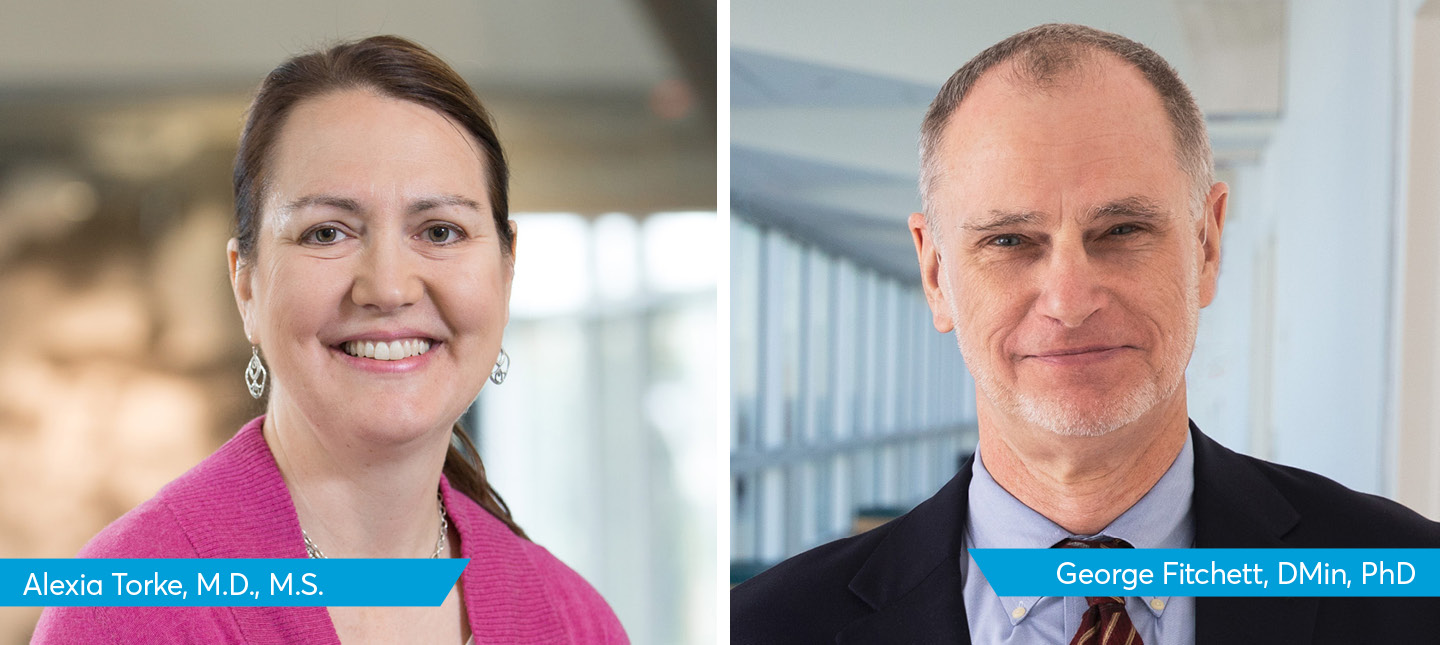National experts identify public health infrastructure’s strengths, weaknesses, opportunities, threats
The pandemic has placed a spotlight on public health — its workforce, infrastructure and underlying information systems designed to collect, analyze and manage public health data.
Informatics, health information technology and public health experts from across the nation convened at an American College of Medical Informatics symposium concluded that how information is received and shared by public health agencies is overdue for “a strategically designed, technology-enabled, information infrastructure for delivering day-to-day essential public health services and to respond effectively to public health emergencies.” Their report explores the strengths, weaknesses, opportunities and threats presented by public health information systems.
Among the nine strengths was the yeoman service performed by public health workers and officials who worked with the systems during the pandemic. A total of 22 weaknesses were detected. Additionally, 14 opportunities and 14 threats were also identified.
“We know from the pandemic that there were weaknesses in public health data systems and information technology — many of which were developed in the 1990s or earlier and are outdated,” said Brian E. Dixon, PhD, MPA, Regenstrief Institute and Indiana University Fairbanks School of Public Health director of public health informatics, who co-chaired the symposium planning committee and is senior author of its report. “We saw that we were still collecting, sharing and managing information using fax machines. Hospitals, laboratories and others were faxing data to public health departments. It comes off the fax machine on paper and then has to be re-entered into a different system by a human being. And that’s completely inefficient.
“Public health is nowhere as integrated as, for example, the banking system in this country. You can seamlessly move money from one bank to another or you can easily send money to someone. It’s actually harder to send information in public health than it is to send money in our financial system.”
Dr. Dixon notes that while the HITECH, short for Health Information Technology for Economic and Clinical Health, Act of 2009 provided a more than $30 billion investment in the healthcare system to support adoption of electronic health records, investments have not been made in public health. That type of investment would bring about the same kind of transformation, enabling the U.S. to be better prepared for the next pandemic or even the next measles outbreak in a given state.
He observed, “It’s not simple enough to program the computer to do something. We have to develop systems in ways that facilitate human work. The goal of public health is to understand where disease is in the community, trying to engage communities in being healthier and preventing disease, but also connecting people to care when they need it so they can get care when they need it.
“We’re at a point as the pandemic wanes where we can now be reflective. We can look back over the last couple of years and see what went well and what didn’t. We can learn from that experience, and then feed that knowledge into recommendations on how to prepare, update and scale our systems for the future.”
Additionally, Dr. Dixon notes that in many state and local health departments there are systems that collect information from various sources including hospitals, doctors’ offices, laboratories, the public and even restaurants. Systems collect data on sexually transmitted infections, on communicable diseases, on chronic illnesses, on injuries among people who present at the emergency department, and on foodborne illness. All these systems exist in silos and are not connected. These systems, he says, need updating to be interactive, flexible, scalable, data driven and to support mobile applications.
In the symposium report, the experts present three actionable elements to build upon strengths and opportunities while addressing weaknesses and threats:
- addressing the needs for sustainable funding,
- leveraging existing infrastructure and processes for information exchange and system development that meets public health goals,
- preparing the public health workforce to benefit from available resources.
“Strengths, weaknesses, opportunities, and threats for the nation’s public health information systems infrastructure: synthesis of discussions from the 2022 ACMI Symposium” is published in JAMIA.
Authors:
Jessica C. Acharya1, Catherine Staes2,3, Katie S. Allen4,5, Joel Hartsell3,6, Theresa A. Cullen5,7, Leslie Lenert8,9, Donald W. Rucker10,11, Harold P. Lehmann12, Brian E. Dixon4,5
Affiliations
1Healthy Policy & Management, Informatics, Johns Hopkins Bloomberg School of Public Health, Baltimore, Maryland, USA.
2College of Nursing, University of Utah, Salt Lake City, Utah, USA.
3School of Medicine, University of Utah, Salt Lake City, Utah, USA.
4Department of Health Policy & Management, Richard M. Fairbanks School of Public Health, IUPUI, Indianapolis, Indiana, USA.
5Center for Biomedical Informatics, Regenstrief Institute, Inc., Indianapolis, Indiana, USA.
6Epi-Vant, LLC., Salt Lake City, Utah, USA.
7Pima County Public Health Department, Tucson, Arizona, USA.
8Department of Medicine, Medical University of South Carolina, Charleston, South Carolina, USA.
9Health Sciences South Carolina, Charleston, South Carolina, USA.
101upHealth, Boston, Massachusetts, USA.
11Department of Emergency Medicine, Ohio State University, Columbus, Ohio, USA.
12Department of Medicine, Johns Hopkins School of Medicine, Baltimore, Maryland, USA.
About Brian E. Dixon, PhD, MPA
In addition to his roles as interim director of the Regenstrief Institute’s Clem McDonald Center for Biomedical Informatics and director of public health informatics for Regenstrief Institute and Indiana University Richard M. Fairbanks School of Public Health, Brian E. Dixon, PhD, MPA, is a professor of epidemiology at the Fairbanks School of Public Health. He is also an affiliate scientist at the U.S. Department of Veterans Affairs Health Services Research and Development Center for Health Information and Communication, Richard L. Roudebush VA Medical Center.
About Regenstrief Institute
Founded in 1969 in Indianapolis, the Regenstrief Institute is a local, national and global leader dedicated to a world where better information empowers people to end disease and realize true health. A key research partner to Indiana University, Regenstrief and its research scientists are responsible for a growing number of major healthcare innovations and studies. Examples range from the development of global health information technology standards that enable the use and interoperability of electronic health records to improving patient-physician communications, to creating models of care that inform practice and improve the lives of patients around the globe.
Sam Regenstrief, a nationally successful entrepreneur from Connersville, Indiana, founded the institute with the goal of making healthcare more efficient and accessible for everyone. His vision continues to guide the institute’s research mission.
About the IU Richard M. Fairbanks School of Public Health
Located on the IUPUI and Fort Wayne campuses, the IU Richard M. Fairbanks School of Public Health is committed to advancing the public’s health and well-being through education, innovation, and leadership. The Fairbanks School of Public Health is known for its expertise in biostatistics, epidemiology, cancer research, community health, environmental public health, global health, health policy, and health services administration.










